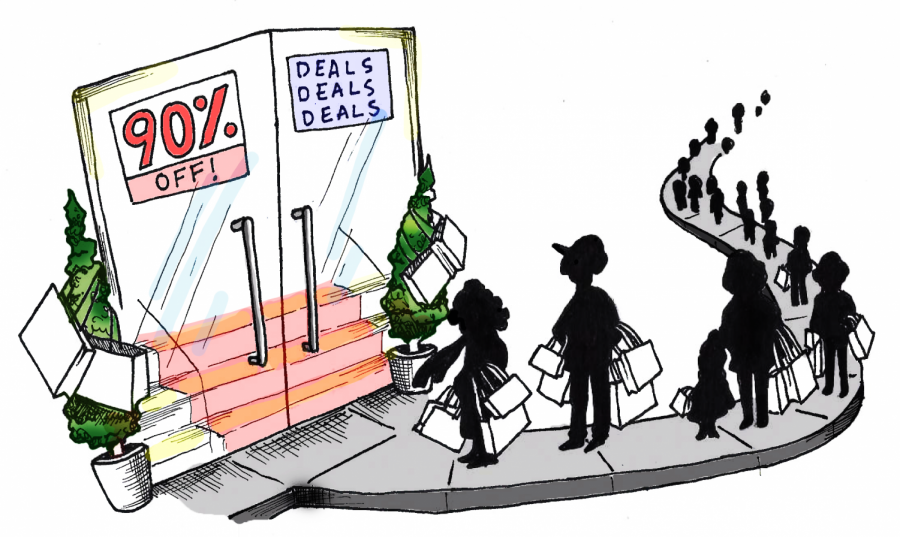Spending: It’s the True Holiday Spirit
A deep dive into consumer spending and the profit-oriented holiday season.
The holiday season brings joy to all who celebrate, but can also bring on financial pressures. Black Friday, Cyber Week, and the overall commercialization of the holiday season plays a large role in the extensive spending that occurs during November and December.
According to the National Retail Foundation (NRF), the average American consumer spent 659 dollars on gifts alone during the holiday season, and an average total of 1048 dollars on gifts, food, decorations, and other non-gift purchases in-stores in 2019. And online? An estimated 168.7 billion dollars was spent by consumers around the world in 2019.
In 2020, shopping has undergone a further shift online, and money is tight due to recent employment disparities. Even though consumers plan on spending less this year, holiday season spending is still expected.
Every year since 2010, Americans have spent more and more money during the winter holidays. Inflation over the decade accounts for some of this growth, but the rest comes from increased retail spending and consumers wanting to “out-do” themselves from the previous year. Consumer spending drives a large percent of the gross domestic product for the US and Black Friday is the most profitable day in the economy and the retail industry. The National Retail Foundation is predicting that holiday sales will total 755.3–766.7 billion dollars in 2020, an increase of 3.6-5.2% over last year.
Holiday season shopping is more than just buying gifts and food: it has long been a fun trend and competitive tradition. People form into lines in the early morning, and push to get the cheap flatscreen TV, all part of the experience of Black Friday shopping before 2020. But even though the door-buster tradition is broken, people continue to indulge in this consumer holiday.
There are many factors that contribute to why mass consumption is so prominent around the holiday season. Companies and retailers push marketing campaigns and tactics early in the year to change the way people view their spendings. One of these tactics is appealing to the emotions of the consumers, especially because the holidays can bring feelings of nostalgia and excitement. The ultimate motive is to entice people to continue to spend because they know they can buy more for less than normal.
This is also why Black Friday and the seasonal sales are so beneficial for lower-income consumers. It provides them with opportunities to purchase things they need for lower prices and allows them to also buy items they want.
Many aspects of life have taken a new form this year, and shopping is one of them. 2020 is giving us the freedom to explore new traditions while keeping the same spirit of the holidays.








